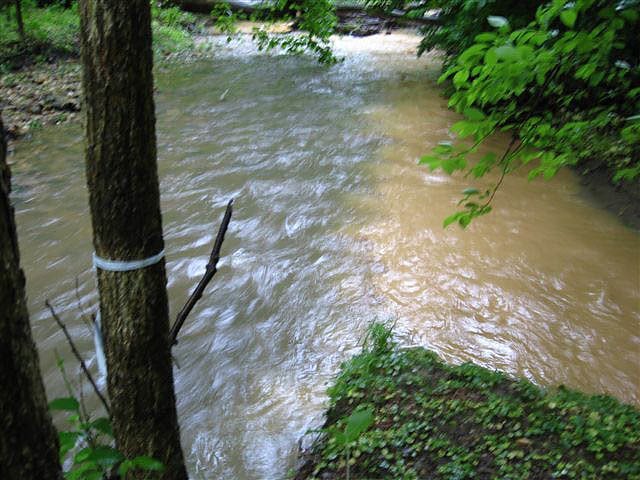Groups File Lawsuit Against EPA’s Weak Industrial Stormwater Permit
By: Waterkeeper Alliance

Challenge vague limits that will be ineffective in controlling discharge of pollution from many industrial facilities into nation’s waterways
New York, NY – July 7, 2015 – A coalition of environmental groups have filed a lawsuit (Exhibit A, Exhibit B) challenging the U.S. Environmental Protection Agency’s Industrial Stormwater Permit, formally known as the Multi Sector General Permit for Stormwater Discharges Associated with Industrial Activity (MSGP). The nationwide coalition includes Waterkeeper Alliance, headquartered in New York City, Conservation Law Foundation, headquartered in Boston, the Ecological Rights Foundation and Our Children’s Earth Foundation, which are both based in California, Idaho’s Lake Pend Oreille Waterkeeper, and the Puget Soundkeeper Alliance, from Washington State.
EPA’s industrial stormwater permit regulates stormwater pollution in states that have not been delegated Clean Water Act permitting authority, at federal facilities and on tribal lands. In addition, EPA’s permit often sets the bar for delegated states when they write their own permits, and thus serves as a model for permits that govern tens to hundreds of thousands of industrial stormwater discharges across the country.
There are serious deficiencies in EPA’s industrial stormwater permit that, unless corrected, will allow polluters to continue to discharge unreasonably high levels of toxins, metals, and other pollutants into our waterways—and these deficiencies are illegal. Key failures include:
- The permit lacks numeric effluent limits – clear, easily enforced limits on the amount of pollution that an industry can discharge. Numeric limits are feasible and required by the Clean Water Act.
- EPA does not require industrial stormwater polluters to monitor for many pollutants that they commonly discharge. The National Research Council, which is part of the National Academies of Sciences, Engineering, and Medicine, has identified “glaring deficiencies” in the list of pollutants that EPA asks industrial stormwater polluters to monitor. And the Permit fails to provide any means for using the limited data generated for evaluating impacts to receiving waters.
- The industrial stormwater permit limits both meaningful government oversight and the public’s right to act as guardians of our waterways. The permit gives polluters automatic coverage in thirty days – even if EPA did not review their application materials or their plans to prevent stormwater pollution. The permit also denies the public any opportunity to comment on or seek a hearing regarding a polluter’s application. Even polluters with bad track records, glaring problems in their application, and sub-standard pollution prevention plans can get automatic coverage under this permit without scrutiny.
“We are deeply disappointed with EPA’s failure to set numeric limits in this permit after spending so much time and effort to bring ‘Big Data’ to the world of water pollution,” said Reed Super, lawyer for Waterkeeper Alliance. “EPA worked with states to develop electronic water pollution records, then it linked those records together into a national system. Today, EPA can draw on hundreds of thousands of data points collected by polluters across the country, in every line of business, to set clear, achievable pollution limits for industrial stormwater. But EPA didn’t even consider trying to set clear, numeric limits.”
Across the country, stormwater runoff is one of the biggest and most harmful sources of pollution in our waterways. When rain falls on sites like cement plants, scrapyards, or truck depots, it picks up pollution caused by industrial activity and carries it into waterways, including drinking water sources. Industrial stormwater often contains a mix of environmentally damaging and toxic pollutants including: sediments; oil; metals such as arsenic, lead, zinc, and copper; and persistent toxins such as mercury, PCBs (polychlorinated biphenyls), and PAHs (polycyclic aromatic hydrocarbons).
“This permit influences standards around the country to regulate discharges of polluted stormwater runoff. It has the power to vastly improve controls that protect water quality in places like Puget Sound, where stormwater is the single-largest source of toxic chemicals,” said Chris Wilke, Puget Soundkeeper. “Puget Sound is experiencing record low populations of salmon, human health advisories for fish and shellfish, and other grave indicators of pollution consequences. We are taking a stand because our waterways need stronger protections for the sake of marine life and for people who have a right to swimmable, fishable waters.”
Contact:
Tina Posterli, Waterkeeper Alliance, [email protected], 516-526-9371